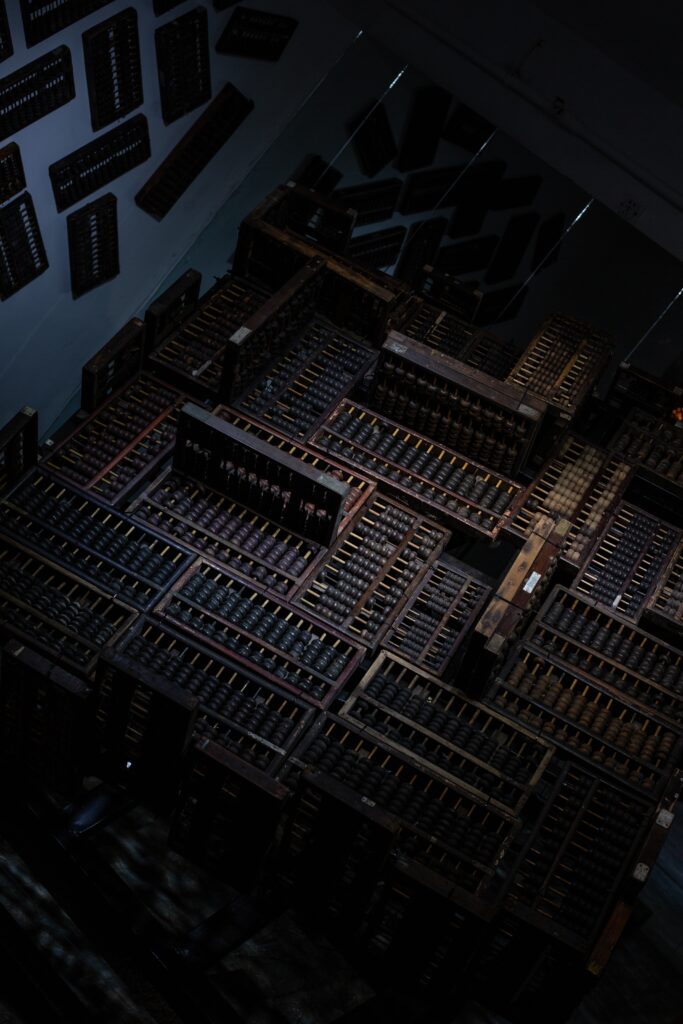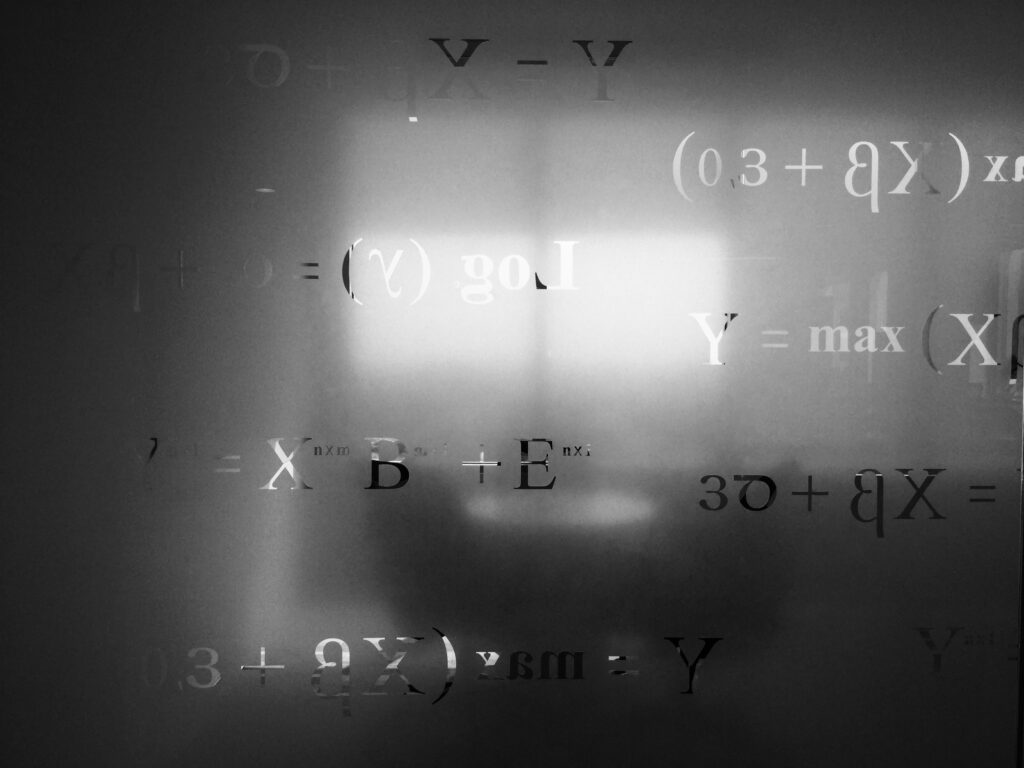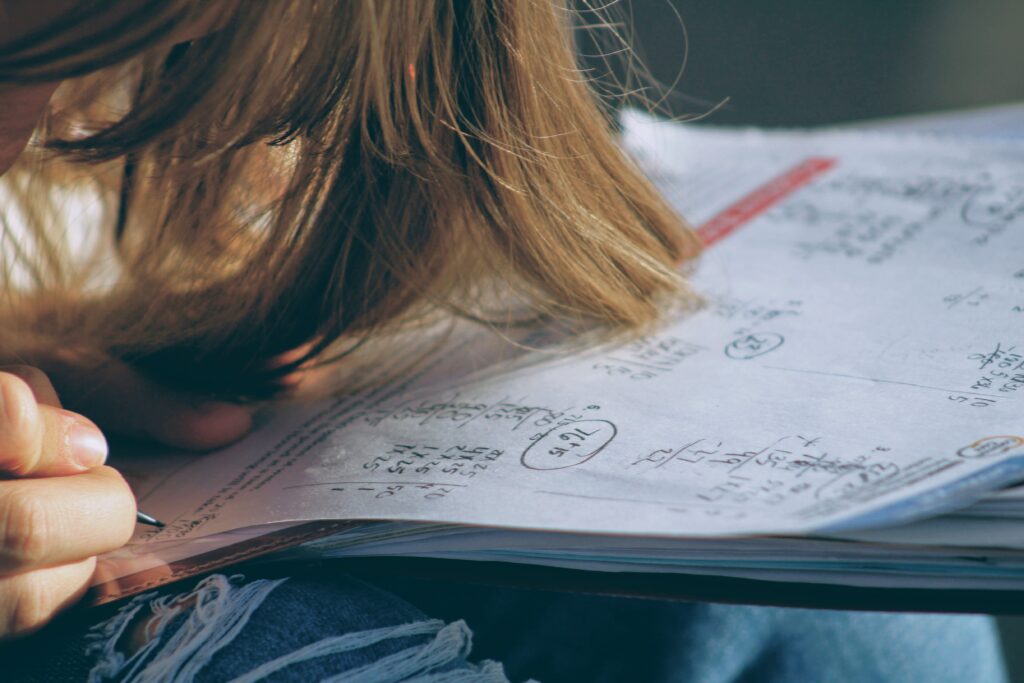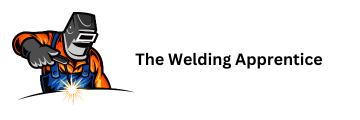Embarking on a career path in welding and wondering about the level of math skills you’ll need? Then you will find the “Do Welders Do A Lot Of Math?” article incredibly useful. This enlightening piece unravels the intriguing relationship between the seemingly grueling world of welding and the precise realm of mathematics. It’s more than a glimpse into the nuances of the job, it’s an essential read for anyone considering stepping into a welder’s shoes. Surely, it will enrich your understanding of what it fundamentally means to work with fire and metal. So tighten your safety helmet and prepare for a fascinating journey of discovery that addresses your question: Do welders do a lot of math?

The Essential Role of Math in Welding
Welcome to a journey that will redefine your understanding of the everyday world of welding. Many people might think welding is all about hands-on, practical skills, but there’s a secret to the craft that is often overlooked: math. If you’re pondering, “Do welders do a lot of math?” the answer is a resounding yes!
Understanding the importance of math for welders
As a welder, you are not just melting metals; you are shaping the world around us. Be it buildings, cars, aircraft, or bridges – none of these would be possible without the knowledge and application of math in welding. Mathematics is as pivotal to welding as a torch or protective gear. Confusing, isn’t it? Well, continue reading and it will all make sense.
How math contributes to precise and efficient welding
Math is the magic formula that ensures precision and efficiency in welding. It guarantees the accurate use of materials, avoids wastage, ensures safety, and above all, helps create sturdy and reliable welds. So, in the grand scheme of things, the role of math is to make sure your welding is accurate, economical, and reliable.
Basic Math Skills Necessary for Welders
Now that you understand why math matters, let’s talk about what kind of math skills you’ll need to be a proficient welder.
Proficiency in addition, subtraction, multiplication, and division
Elementary mathematical skills like addition, subtraction, multiplication, and division form the bedrock of calculations in welding. Whether you’re calculating the amount of material you need, measuring the length of a weld, or adjusting machine settings, these fundamental operations are crucial.
Understanding fractions, decimals, and percentages
To be an efficient welder, you need to be comfortable dealing with fractions, decimals, and percentages. Working with these allows precise measurement, accurate calculation of material volume, and determining the right welding angles. They’re especially critical when you’re reading blueprints!
Applying ratios and proportions in welding processes
Ratios and proportions are another key math skill you’ll use in welding. You’ll use them for tasks like adjusting the mixture of gases for welding, or determining the thickness of the material needed. Understanding and applying ratios correctly helps ensure the reliability of the weld.

Advanced Math Skills for Welding
We’ve tackled the basic math skills, but there are some more advanced math concepts you might use as a welder. Although not every job will require these, they are beneficial for certain projects.
Use of algebraic equations in welding
In more complex welding projects, you might need to use algebraic equations. For instance, you might need to calculate the depth of a V-groove for a full penetration weld, or pressure calculations in underwater welding.
Importance of geometry and trigonometry in welding projects
Geometry and trigonometry are both instrumental in welding, particularly in layout and fabrication. You might use geometry for determining angles or layout designs, while trigonometry can help you calculate the length and angles of triangle-shaped components.
Measurement and Conversion in Welding
Getting measurements right is non-negotiable in welding. Let’s see why.
Significance of accurate measurements in welding
Accurate measurements in the welding process are incredibly significant. It’s the foundation upon which the safety, durability, and efficiency of a project are built. Faulty measurements can lead to wasted materials, failed welds, or unsafe structures.
Understanding units and conversion of measurements
Understanding various units of measurement and their conversion is vital in welding. You might need to convert inches to millimeters, or pounds to kilograms, based on the specifications of the project. Hence, a strong grasp on unit conversion is key to precise welding.

Blueprint Reading and Math in Welding
Blueprints guide the entire welding process, and understanding them requires some solid math skills.
Application of math skills in interpreting technical drawings
Your math skills play an integral role in interpreting and utilizing blueprints. You’ll need to understand geometric shapes, angles, measurements, and be able to perform calculations based on the information found in these technical drawings.
Calculating dimensions from blueprints
Blueprints often call for complex calculations. You might need to calculate surface areas, volumes, or distances, all based on the dimensions and details you find in the blueprints. You use all these to determine how much material you’ll need, where the welds will go, and how large they should be.
Computational Math in Welding Material Estimation
When it comes to estimating the materials needed for a welding project, math plays a decisive role.
Estimating materials needed for a project
An essential part of any project is estimating the amount of materials required. This includes the amount of metal needed, types and quantity of filler materials, and volume of gases for welding. Here, you apply your math skills to make precise calculations and prevent wastage.
Using math for cost estimation
Cost estimation goes hand-in-hand with material estimation. By accurately calculating the amount of material, labor, and machinery required, you can ensure that your project stays within budget.
How Welding Machines Use Math
Welding machines themselves utilize math, making it all the more important for welders to understand it.
Mathematical principles in welding technology
Many mathematical principles are embedded in welding technology. Variables such as amperage, voltage, wire feed speed, and gas flow rates all have mathematical values that need to be correctly determined and adjusted for optimal welding.
Understanding machine settings using math
Understanding and setting your welding machine correctly is a matter of math. You need to be able to calculate correct values for different settings, ensure ratios are accurate and make necessary adjustments based on the needs of the weld.
Welding Codes and Standards and Their Mathematical Aspects
In welding, all work needs to adhere to certain codes and standards, which also involve math.
Mathematical element in complying with welding codes
Complying with welding codes often involves calculations. For instance, you might need to calculate the minimum required thickness of a weld, or the maximum allowed size of a defect. These calculations help ensure that your welds comply with safety and quality codes.
Calculating weld sizes based on standards
Many welding standards involve math, particularly in calculating weld sizes. You need to be able to calculate the size of acceptable welds based on the code or standard you’re working with.
Math in Quality Assurance of Welding
Quality assurance is a key part of welding, and it’s another area where your math skills come into play.
Mathematical computations in quality checks
Your math skills are used in the quality checks that occur throughout the welding process. Whether it’s calculating the expected tolerance of a weld, or quantifying flaws found during an inspection, math helps ensure that your work is up to standard.
Quantification of flaws and defects in welding
Finding and quantifying flaws is a part of any routine weld inspection. It involves using math to measure the size and location of the flaw, and to determine whether it is within acceptable limits.
Improving Math Skills for Welding
If you feel you need to brush up on your math skills after reading all this, don’t worry. There are plenty of resources available to help.
Practical ways to bolster mathematical proficiency for welding
There are many ways to improve your math skills for welding. Practicing weld-related math problems, going through your workbooks, or going online to find welding-specific math examples can all be useful.
Resources for learning more about math in welding
If you’re looking to boost your knowledge of math in welding, a range of resources are available. There are books, online courses, and tutorials that specifically focus on welding math that you can take advantage of.
So, now you know – as a welder, you are also a mathematician. Every measurement, calculation, and adjustment is an application of the math skills you possess. So, embrace the math – it’s the secret formula to your welding success.
